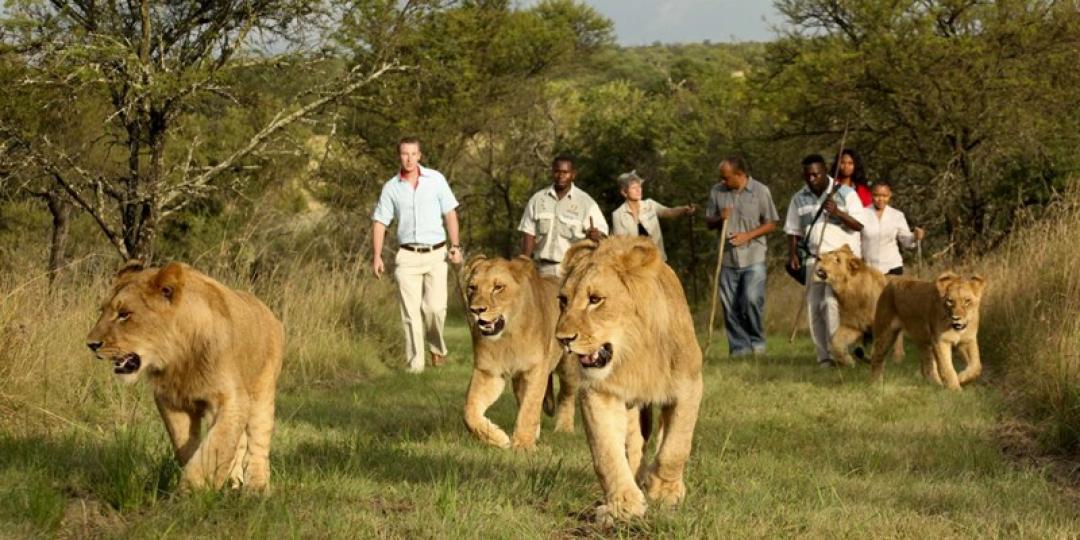As captive wildlife interactions and activities remain a complex issue, tourism association SATSA has launched a guide to Evaluating Captive Wildlife Attractions and Activities.
The guide document contains an interactive tool for easy decision making, through eight simple questions, on interactions through a “decision tree".
The guide and tool are aimed at four key groups: foreign and local visitors interacting with animals, buyers such as destination management companies, tour operators internationally and locally as well as industry representatives such as associations, industry bodies and government among others.
The tool will allow these groups to assess animal interaction operations and make informed decisions to support ethically sound and responsible operators in South Africa.
The study, guide and tool explore animal interaction, including the reasons for the captivity, the source of the animals and their use while in captivity as well as the likely destination of the animals.
The document follows a comprehensive research initiative and robust consultation with the broader tourism industry. SATSA CEO David Frost noted at the launch that the process “was world class and a fundamentally good news story that can be shared with the world", while Lee-Anne Bac, a Director in Advisory Services at BDO pointed out that the intention of the guide was “to raise awareness and prick sensitivities” .
SATSA Animal Interactions Board Chair Keira Powers explained that the guide and tool was underpinned by the integrative approach to ethics developed by university of Johannesburg professor David Bilchitz.
Other dynamic elements of the document include the line in the sand, which Powers explained as the identifying of tourism tolerance limit, “where and why to draw a line in the sand and its position in 2019”.
Tourism activities involving captive wildlife that are deemed unacceptable include performing animals, tactile interactions with all infant wild animals, walking with predators or elephants, tactile interactions with predators or cetaceans (marine animals) and riding of wild animals.
SATSA has noted that the extent to which authorities and the private sector companies support and adopt this homegrown and locally derived and deeply researched and applicable crafted approach will determine the fate of the local industry and all the economic spin offs that it affects.
The guide is available on SATSA’s website as an interactive pdf document while the tool can also be accessed on a mobile phone. See here.
























